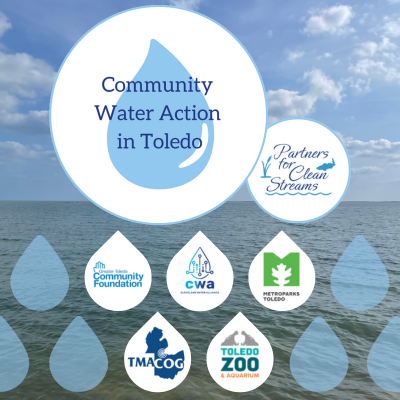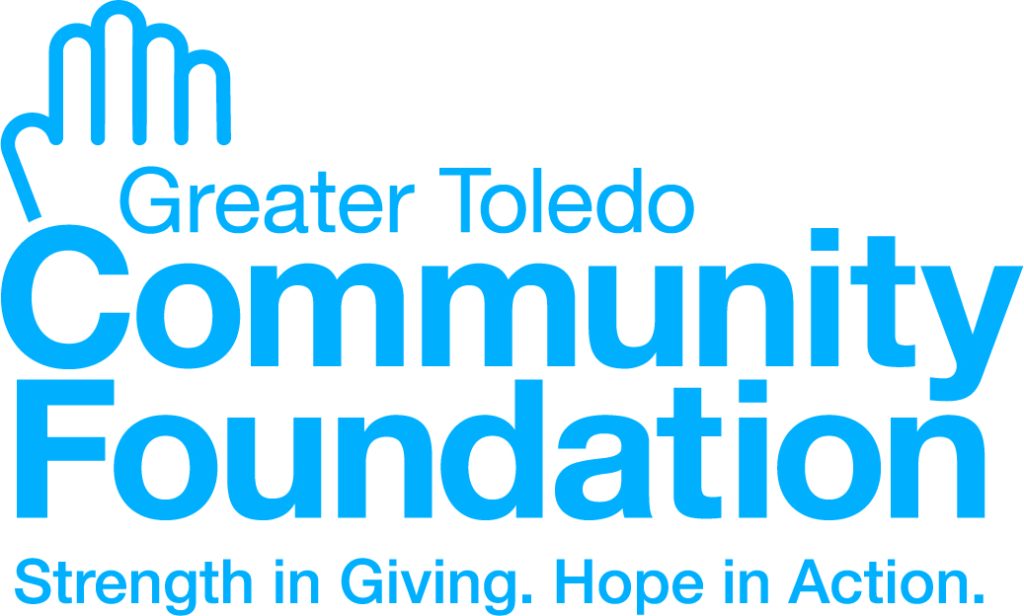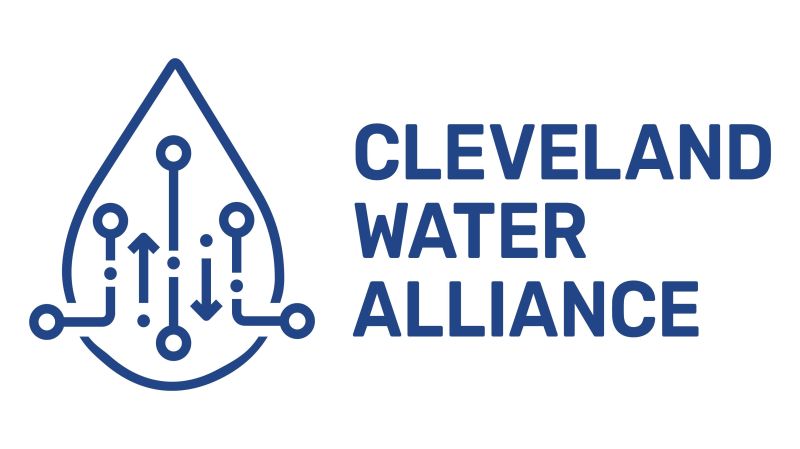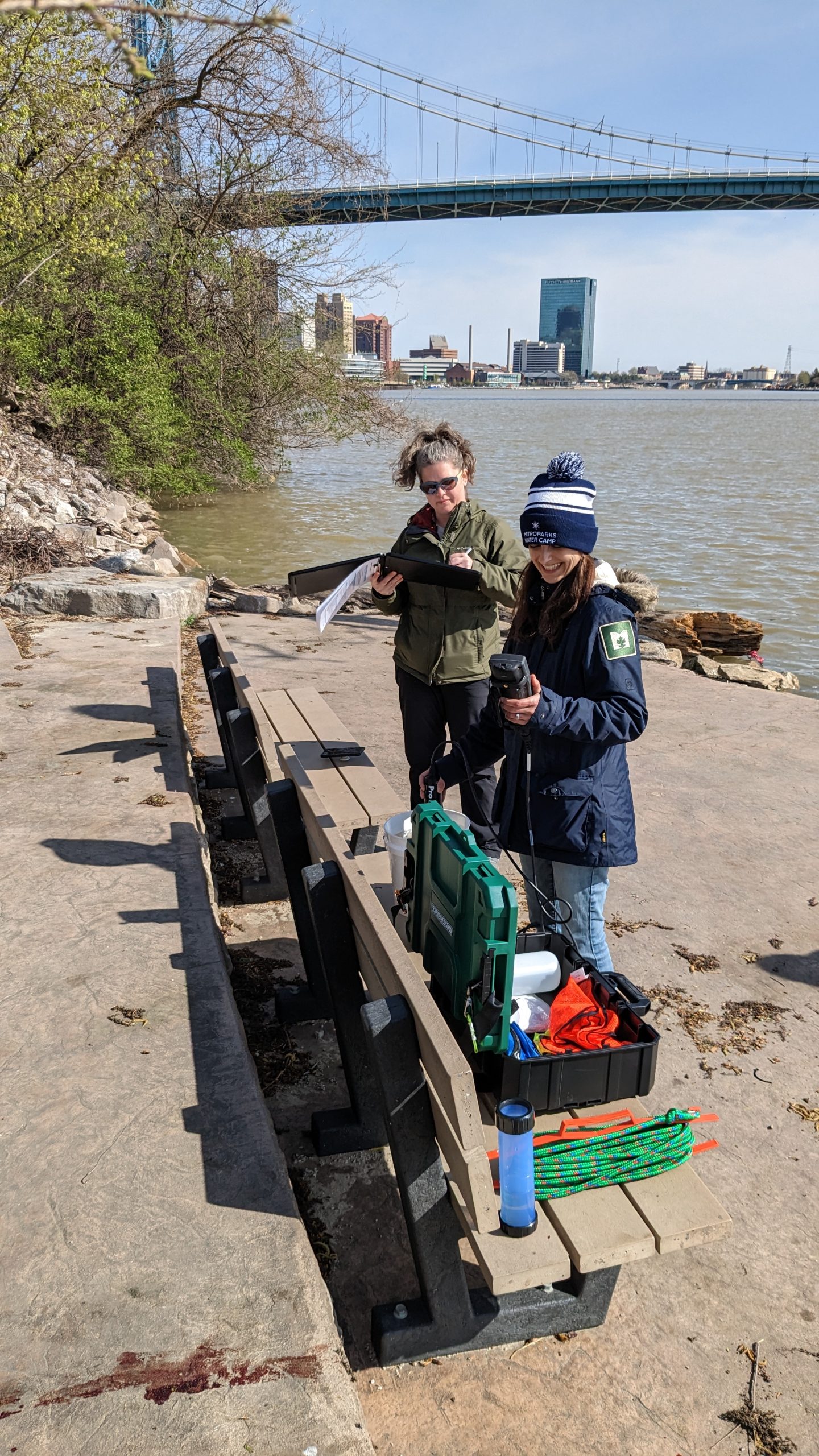Community Water Action in Toledo (CWAT)
How Did CWAT Begin?
Thanks to a grant from Greater Toledo Community Foundation in 2022, PCS kicked off our multi-agency program called Community Water Action in Toledo (CWAT) that streamlines volunteer monitoring water quality in our western basin of Lake Erie.
Our Partners
CWAT members include Partners for Clean Streams, CWAT is also a member of the Lake Erie Volunteer Science Network (LEVSN), and uses the Lake Erie Baseline Assessment Framework (LEBAF) as our monitoring protocol. That means that we are part of a network of organizations collecting the same kind of data across the Lake Erie Basin, so your participation contributes not only to information about local waterways, but about the health of the Lake Erie watershed as a whole!
Volunteer Science: Monitoring Our Rivers
Community Water Action Toledo (CWAT) is a volunteer water quality monitoring program that runs April – October, with twice-a-month-sampling at 24 sites across four Northwest Ohio waterways. Volunteers pick a route of 3-4 sites, receive training on our equipment and sampling protocol, and then collect vital data about the health of local streams as volunteer scientists throughout the sampling season. This program is perfect for individual adult volunteers, families, or pairs of volunteers who can make a once or twice a month commitment to sampling.

What and Why We Monitor
Regular monitoring of chemical water quality parameters- Dissolved Oxygen (DO), pH, Water Temperature, and Conductivity- provides a baseline picture of the health of our waterways, much like an annual checkup with your doctor where blood pressure, heart rate, and blood tests provide data on your health. Just like high blood pressure can indicate to your doctor that there may be a more serious issue needing investigation, these water quality parameters serve as “canaries in the coal mine” for the health of our waterways. If any of these parameters regularly (>20%) exceed healthy benchmark levels, the animals and plants that live in our streams can experience stress, which can lead to low reproduction, die offs, and reduced biodiversity. Consistent monitoring using a scientifically rigorous protocol allows us to be confident that the data we are collecting is giving us an accurate picture over time of what’s going on with our water. Over time, we will have a good idea of what “normal” looks like for each stream, so we will be able to catch red flags indicating something is wrong and needs further investigation.
Program Support

Grant Funder

Regional Program Partner

Local Program Partner

Local Program Partner


